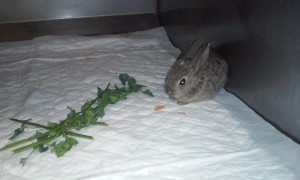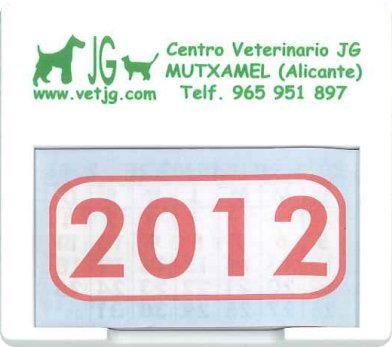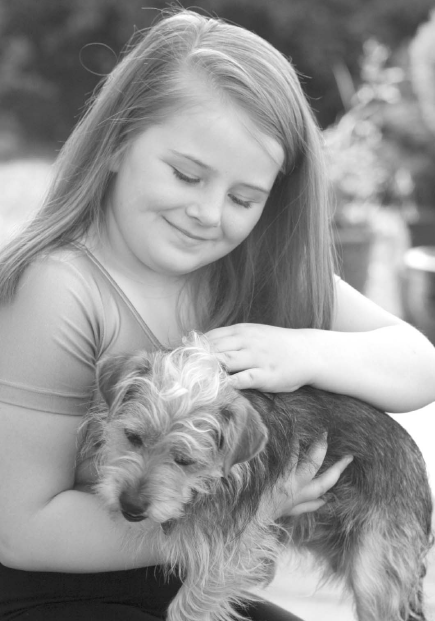The word ‘hamster’ comes from the German word ‘hamstern’ which means ‘to hoard’.
 Zoological Classification
Zoological Classification
Originating in Europe, Middle East, North Africa, China and Siberia.
Syrian or golden hamster – Mesocricetus auratus
Chinese hamster – Cricetulus griseus
European hamster – Cricetus cricetus
Dwarf hamster djungariana/Russian / songoru- Phodopus sungorus
Roborovskii dwarf hamster – Phodopus roborovskii
In the wild the golden brown-red colour develops with dense, short hair. The domestic hamster descended from three siblings, one male and two females located in Syria in 1931. There are many different species of hamsters throughout the world and most The hamster as a pet hamsters inhabit semi-desert areas where they live in burrows. These burrows consist of many tunnels and separate chambers including chambers where the hamster will store food and sleep. Hamsters are nocturnal, sleeping during the hot days and waking in the cooler evenings. They have very poor eyesight but a keen sense of smell and excellent hearing. Most species of hamsters have expandable cheek pouches in which they can carry food and bedding back to their burrow where they will store food. The word ‘hamster’ comes from the German word ‘hamstern’ which means ‘to hoard’.
Maintenance
There are a huge variety of cage styles and sizes and which one to choose can be confusing. Make sure you choose one that is appropriate for the size of hamster you are choosing as well as one that is easy to clean. Also make sure you have cage accessories such as bedding, an exercise wheel, and a cozy sleep hut picked out. A variety of products made out of cotton or similar materials are marketed as nesting material. However, there are potential problems with using some of these products. Many commercial nesting materials are actually made up of very small threads or fibres. These threads can sometimes get wound around little hamster toes and cause injuries. Also, if your hamster eats some of these bedding, the fibres may not be digestible. While the risks are small, there are easier alternatives. Simply use undyed and unscented toilet paper, facial tissue, or soft paper towels. You can shred these a bit but you can let your hamster finish shredding them and crafting them into a soft cozy nest.
A good exercise wheel will help keep your hamster healthy. In the wild, hamsters would travel miles every night in search of food, and some hamsters in captivity have been reported to run up to 8 km per night on their exercise wheels. Hamsters need lots of exercise and most pet hamsters love to use exercise wheels. The best kind of hamster wheel has a solid surface that either attaches to the side of the cage or is free standing. The common wire wheel that looks like a ladder wrapped into a circle with side bars for support is not the best choice as it can cause injuries. Hamsters need to be able to chew. For chewing, a variety of wood structures and toys will help keep your hamster’s teeth in shape. Hamsters also tend to like playing with tubes and tunnels and things they can climb on.
Excessive cleaning of the cage can cause stress to the animals as it alters the territorial markings. The cage should be cleaned weekly by removing the hamster from the cage and throwing away old bedding and food. However, your pet will appreciate it if some of its old bedding is placed in the clean cage along with the fresh bedding.
Food
Your pet hamster requires a fairly regular diet consisting of proteins, vitamins and minerals. Your pet will be quite happy to be fed about once a day, usually in the early evening, when it is starting to wake up.
Recommended 5-10 grams a day with a 16-24% protein, 60-65% carbohydrate, 5-7% fat. It is recommended to supplement the diet with seeds, grains, fruit and vegetables to provide variety without unbalancing the intake of nutrients. Hamsters need a regular supply of fresh water. You should either provide a water bowl filled with fresh water daily, or you can use a small animal water bottle.
Handling
The most important thing you need to know is that hamsters are nearsighted and have very limited view. Hamsters only bite if scared or uncomfortable. You can move them with your hands or if they are aggressive with a container (empty and clean). Be careful when you pick up a hamster that is asleep, to wake up abruptly can cause them to bite.
Anatomy
Hamsters have poor eyesight; they are nearsighted and colorblind. However, they have an acute sense of smell and can hear extremely well. Hamsters can use their sense of smell to detect gender, locate food, and detect pheromones. They are also particularly sensitive to high-pitched noises and can hear and communicate in the ultrasonic range. One characteristic of rodents that is highly visible in hamsters is their sharp incisors. They have two pairs in the front of their mouths and these incisors never stop growing and thus must be regularly worn down. Hamsters carry food in their spacious cheek pouches to their underground storage chambers. When full, their cheeks can make their heads double (or even triple) in size. Have an odoriferous gland that serves for marking territory, individual identification and possibly sexual attraction.
General data on the golden hamster
Average life: 2-3 years
Body length: 9-18 (as races)
Adult female weight: 90-180g
Adult male weight: 80-140g
Birth weight: 1.5-3g
Daily water intake: 12-30ml
Daily food consumption: 10-15g
Breeding: Hamsters become fertile at different ages depending on their species, but this can be from one month to three months of age. The female’s reproductive life only lasts about 18 months, but male hamsters remain fertile much longer. Females are in heat approximately every four days, indicated by a reddening of genital areas.
Hamsters are seasonal breeders. Breeding season is from April to October in the northern hemisphere, with two to five litters of 1 to 13 young being born after a gestation period of 16 to 23 days. Golden hamster females are also very aggressive toward male hamsters and must be separated immediately after breeding in order to prevent an attack. Female hamsters are also particularly sensitive to disturbances while giving birth and may even eat her own young if she thinks they are in danger, although sometimes she is just carrying the pups in her cheek pouches. Hamsters are born hairless and blind in a nest that the mother will have prepared in advance. After one week they begin to explore outside the nest. They are completely weaned after three weeks, or four for Roborovski hamsters.
This article was published in Costa Blanca News.





 y ya podéis empezar a construir vuestra web ¡¡¡
y ya podéis empezar a construir vuestra web ¡¡¡



 Zoological Classification
Zoological Classification
